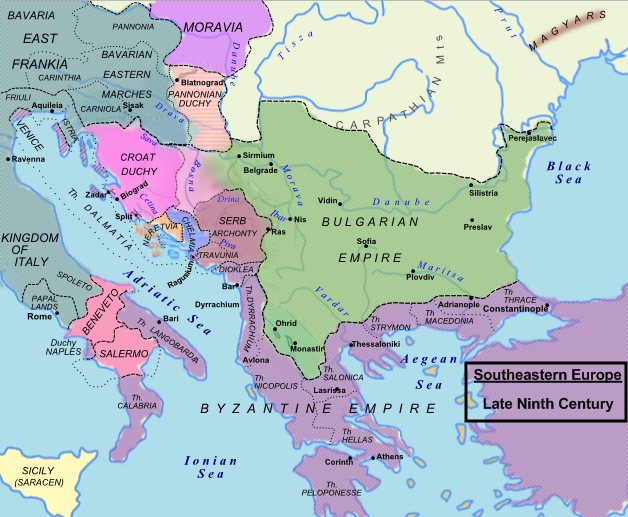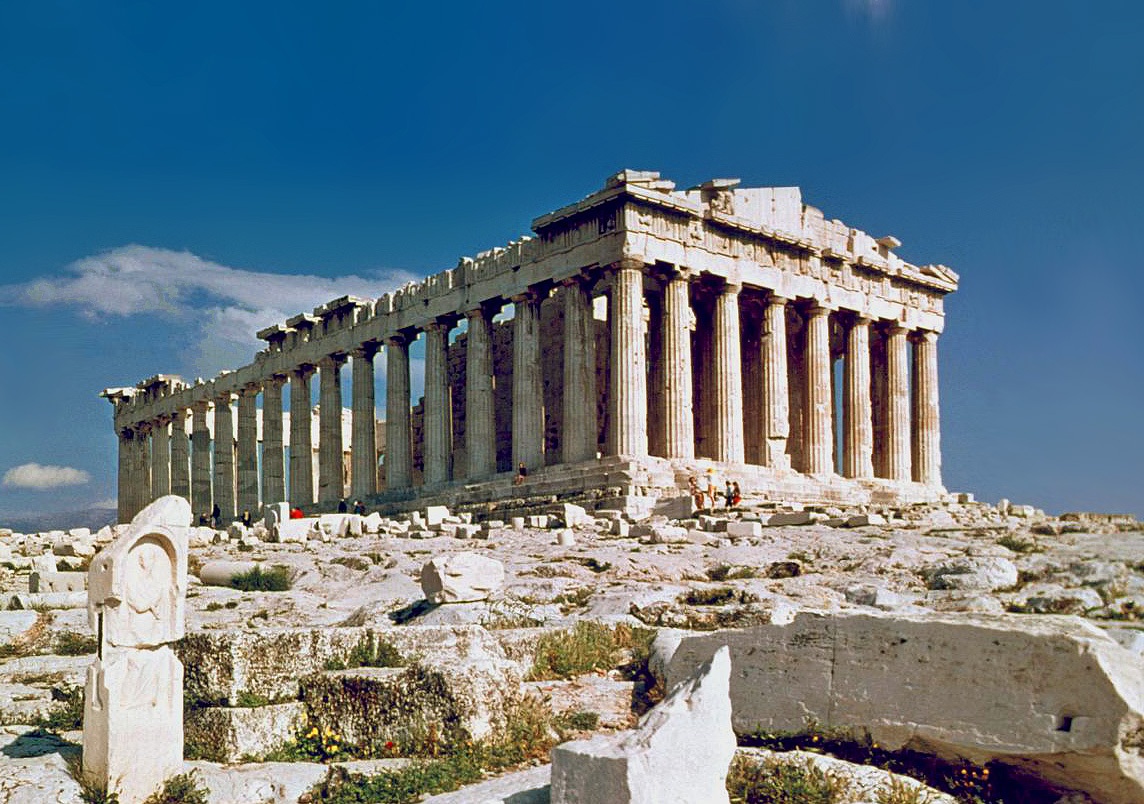|
Elena Cantacuzino
Elena Cantacuzino (1611–1687) was a Wallachian noble. She was the daughter of Radu Șerban and educated in Vienna. She married the official Constantin Cantacuzino, with whom she had several children, among them Șerban Cantacuzino Șerban Cantacuzino (), (1634/1640 – 29 October 1688) was a Prince of Wallachia between 1678 and 1688. Life and career Cantacuzino took part in the Ottoman campaign which ended in their defeat at the Battle of Vienna. According to Gaster (19 .... She and her spouse became known for their building projects and the reparations of especially convents and churches. In 1663, her spouse was murdered in a coup. She sent her children abroad and protected the family property. Upon the installation of Antonie din Popeşti to power, she came into an influential position. She was able to have her son appointed governors and the murderers of her spouse punished and the name of her spouse cleared. In 1682, she became the first female in what is now Romania to ... [...More Info...] [...Related Items...] OR: [Wikipedia] [Google] [Baidu] |
Wallachia
Wallachia or Walachia (; ro, Țara Românească, lit=The Romanian Land' or 'The Romanian Country, ; archaic: ', Romanian Cyrillic alphabet: ) is a historical and geographical region of Romania. It is situated north of the Lower Danube and south of the Southern Carpathians. Wallachia is traditionally divided into two sections, Muntenia (Greater Wallachia) and Oltenia (Lesser Wallachia). Dobruja could sometimes be considered a third section due to its proximity and brief rule over it. Wallachia as a whole is sometimes referred to as Muntenia through identification with the larger of the two traditional sections. Wallachia was founded as a principality in the early 14th century by Basarab I after a rebellion against Charles I of Hungary, although the first mention of the territory of Wallachia west of the river Olt dates to a charter given to the voivode Seneslau in 1246 by Béla IV of Hungary. In 1417, Wallachia was forced to accept the suzerainty of the Ottoman Emp ... [...More Info...] [...Related Items...] OR: [Wikipedia] [Google] [Baidu] |
Radu Șerban
Radu Șerban (? – 23 March 1620) was a Wallachian nobleman who reigned as the principality's ''voivode'' during two periods from 1602 to 1610 and during 1611. A supposed descendant of Neagoe Basarab, he attained high office during the reign of Michael the Brave Michael the Brave ( ro, Mihai Viteazul or ; 1558 – 9 August 1601), born as Mihai Pătrașcu, was the Prince of Wallachia (as Michael II, 1593 – 1601), Prince of Moldavia (1600) and ''de facto'' ruler of Transylvania (1599 – 1600). ....Alexander D. Xenopol, ''History of Romanians in Dacia Traiana'', Ed. Romanian book, Bucharest, 1925, vol. VI, pp. 7-18. After ascending the throne, he continued the policy of independence of Wallachia first put forth by Michael the Brave. Having struggled with great difficulties inside and outside the country, he managed to cope successfully during a reign lasting almost ten years. He has been noted for his particular political skill and military prowess, proving to be one ... [...More Info...] [...Related Items...] OR: [Wikipedia] [Google] [Baidu] |
Vienna
en, Viennese , iso_code = AT-9 , registration_plate = W , postal_code_type = Postal code , postal_code = , timezone = CET , utc_offset = +1 , timezone_DST = CEST , utc_offset_DST = +2 , blank_name = Vehicle registration , blank_info = W , blank1_name = GDP , blank1_info = € 96.5 billion (2020) , blank2_name = GDP per capita , blank2_info = € 50,400 (2020) , blank_name_sec1 = HDI (2019) , blank_info_sec1 = 0.947 · 1st of 9 , blank3_name = Seats in the Federal Council , blank3_info = , blank_name_sec2 = GeoTLD , blank_info_sec2 = .wien , website = , footnotes = , image_blank_emblem = Wien logo.svg , blank_emblem_size = Vienna ( ; german: Wien ; ... [...More Info...] [...Related Items...] OR: [Wikipedia] [Google] [Baidu] |
Șerban Cantacuzino
Șerban Cantacuzino (), (1634/1640 – 29 October 1688) was a Prince of Wallachia between 1678 and 1688. Life and career Cantacuzino took part in the Ottoman campaign which ended in their defeat at the Battle of Vienna. According to Gaster (1911) it was alleged that he conceived the plan of marching on Constantinople to drive the Turks out of Europe, the western powers having promised him their moral support. Cantacuzino introduced maize to Wallachia and present-day Romania, in time the staple food—it was not yet extensively cultivated during his reign. He agreed to the establishment of various printing presses, and ordered the famous Romanian edition of the Bible (the ''Cantacuzino Bible''), first published in Bucharest (1688). Through his influence also the Slavonic language was officially and finally abolished from the liturgy and the Romanian language substituted for it. He also founded the first Romanian school in Bucharest. His son Gheorghe Cantacuzino later ruled a ... [...More Info...] [...Related Items...] OR: [Wikipedia] [Google] [Baidu] |
Antonie Din Popeşti
{{disambiguation, geo ...
Antonie may refer to: * Antonie (given name) * Antonie (surname) * Antonie, Lord of Monaco (died 1427) * Antonie, Masovian Voivodeship, Poland, a village * Antonie, Silesian Voivodeship, Poland, a village See also * Antoni, a given name and surname * Antony (other) Antony is a Danish, English, Finnish, German, Norwegian and Swedish given name that is a form of Anthony. As a surname it is derived from the Antonius root name. People with this name include the following: Given name * Mark Antony (83–30 B ... [...More Info...] [...Related Items...] OR: [Wikipedia] [Google] [Baidu] |
1611 Births
Events January–June * February 27 – Sunspots are observed by telescope, by Frisian astronomers Johannes Fabricius and David Fabricius. Johannes publishes the results of these observations, in ''De Maculis in Sole observatis'' in Wittenberg, later this year. Such early discoveries are overlooked, however, and the first sighting is claimed a few months later, by Galileo Galilei and Christoph Scheiner. * March 4 – George Abbot is enthroned as Archbishop of Canterbury. * March 9 – Battle of Segaba in Begemder: Yemana Kristos, brother of Emperor of Ethiopia Susenyos I, ends the rebellion of Melka Sedeq. * April 4 – Denmark-Norway declares war on Sweden, then captures Kalmar. * April 28 – The ''Colegio de Nuestra Señora del Santísimo Rosario'' is established in Manila, the Philippines (later renamed Colegio de Santo Tomas, now known as the University of Santo Tomas). * May 2 – The Authorized King James Version of the ... [...More Info...] [...Related Items...] OR: [Wikipedia] [Google] [Baidu] |
1687 Deaths
Events January–March * January 3 – With the end of latest of the Savoyard–Waldensian wars in the Duchy of Savoy between the Savoyard government and Protestant Italians known as the Waldensians, Victor Amadeus III, Duke of Savoy, carries out the release of 3,847 surviving prisoners and their families, who had forcibly been converted to Catholicism, and permits the group to emigrate to Switzerland. * January 8 – Richard Talbot, 1st Earl of Tyrconnell, is appointed as the last Lord Deputy of Ireland by the English crown, and begins efforts to include more Roman Catholic Irishmen in the administration. Upon the removal of King James II in England and Scotland, the Earl of Tyrconnell loses his job and is replaced by James, who reigns briefly as King of Ireland until William III establishes his rule over the isle. * January 27 – In one of the most sensational cases in England in the 17th century, midwife Mary Hobry murders her abusive husband, Deni ... [...More Info...] [...Related Items...] OR: [Wikipedia] [Google] [Baidu] |
17th-century Romanian People
The 17th century lasted from January 1, 1601 ( MDCI), to December 31, 1700 ( MDCC). It falls into the early modern period of Europe and in that continent (whose impact on the world was increasing) was characterized by the Baroque cultural movement, the latter part of the Spanish Golden Age, the Dutch Golden Age, the French '' Grand Siècle'' dominated by Louis XIV, the Scientific Revolution, the world's first public company and megacorporation known as the Dutch East India Company, and according to some historians, the General Crisis. From the mid-17th century, European politics were increasingly dominated by the Kingdom of France of Louis XIV, where royal power was solidified domestically in the civil war of the Fronde. The semi-feudal territorial French nobility was weakened and subjugated to the power of an absolute monarchy through the reinvention of the Palace of Versailles from a hunting lodge to a gilded prison, in which a greatly expanded royal court could be more easi ... [...More Info...] [...Related Items...] OR: [Wikipedia] [Google] [Baidu] |



